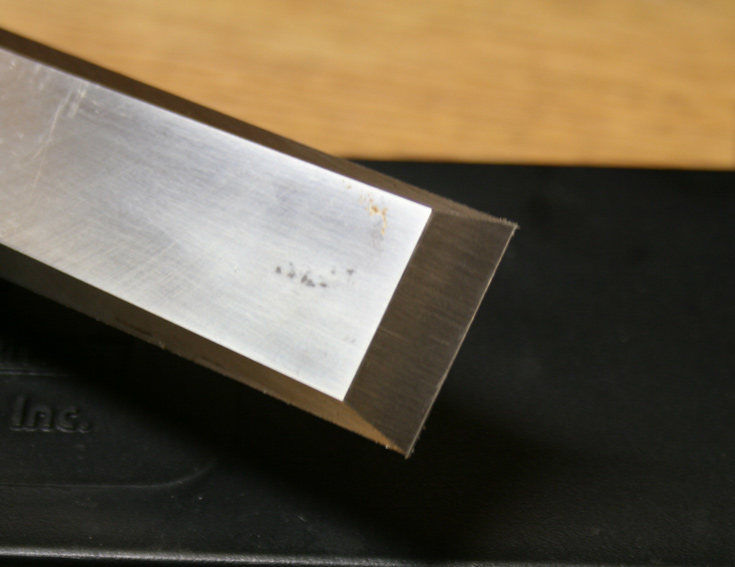First, can I thank everyone for the very detailed replies, very helpful and encouraging for a newbie like myself. Interesting to see others experiences and what they might do differently if starting out again.
A 5 or 5 1/2 seems to be largely personal preference and I would get a few blades for different tasks, then look to add a 4 and 7 as suggested down the line. The wooden planes I have are 17" and 22" but I haven't done anything with them yet as I haven't had the need with the small projects I've been doing.
A few points stood out for me
deema":oi23a2iw said:
I think buying your first plane brand new is the very best decision. If your not sure what a plane should feel like buying secondhand and then trying to fettle to make it work as it should is a long road of frustration.
I think I would get a Ryan air ticket and bob over to Liverpool and call into Axminster tools to try them out. I think a £39 ticket would be a good investment for what will be a serious purchase price.
The Ryanair thing is not a bad idea at all...
But this other advice really stood out to me, and was pretty much the reason why I came to the conclusion myself to go new. When I first became interested in woodworking and had zero tools, I picked up an old Stanley 4 at a car boot. Trying to restore it did become a frustrating process for me, not particularly enjoyable, and I could never really get it to right. I'm sure this says more about me than the tool, but we all start somewhere...
Only cost me £8, so no big deal, and I passed it on to my brother who also became interested in woodworking when he saw the few small projects, boxes etc I'd made, so not all lost. He's an engineer and has had a bit more luck with it since.
Also, we have a new baby due in three wks and with a three year old already and a long work week, I don't really want to spend any free time I do get looking through ebay listings hoping to get lucky, or fettling hand planes. Not ruling it out totally for the future, should I add more planes, which I'm sure I will, but just not for now.
I had been looking at either a Chinese/Quangsheng or a Veritas, which I can get a bit cheaper when a family member holidays in the States shortly.
AndyT":oi23a2iw said:
Excellent advice already. Homing in on your preference not to buy secondhand - there's a third option, between the eBay chancers and very expensive new. Buy from a named old tools dealer. These people know what good old tools look like and have reputations to protect, so don't sell duds. Or if you think they have, will swap or refund.
I don't think there's anyone with retail premises in Belfast but work your way through the online dealers and you'll be ok. Or phone one and talk it over.
There's a useful list on the TATHS site here
http://taths.org.uk/tools-trades/notes- ... ealers-etc
However, an interesting option here, I hadn't considered, is too buy an old restored tool. I've just had a quick look at the link, but has anyone
done something similar? Or could recommend a specific seller they have used and been happy with?
Would the plane come just looking nice as per the pictures but still require fettling? Or could I expect it to come flattened etc, ready to use with a sharpen or am I expecting too much?
Thanks again for all the input.






